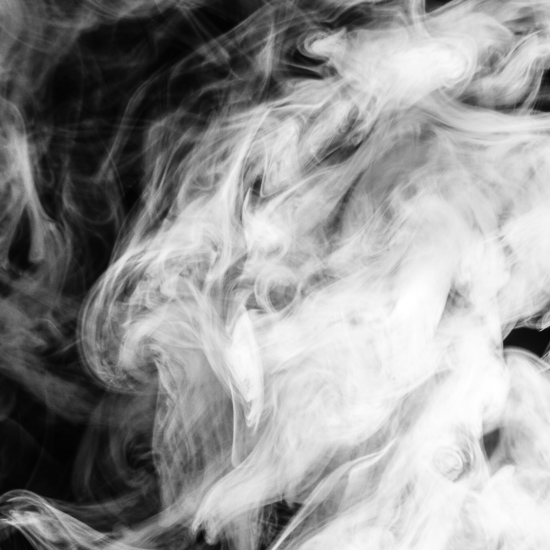 If we had been allowed to take pictures inside the Cathedral of the Holy Ascension, this is the picture I would have taken:
If we had been allowed to take pictures inside the Cathedral of the Holy Ascension, this is the picture I would have taken:
A woman cleans the wax from the base of the candelabras. She wears a brown and orange dress, simple, made of sturdy material, like a pillow case or a craft project, and over that a blue apron. Like the other workers and all the female worshipers, she has covered her head. She wears a blue kerchief, the same thick material as the apron, tying back her hair, accentuating the creases in her copper face with its wide, beautiful expanse of Kazakh cheeks. Her narrow eyes look only at her task. She has a paint brush in one hand, and with it she sweeps the dripped, dry remains of prayers off the bronze candelabra into her left hand, cupped at the cusp.
Behind her, the Virgin watches from a tapestry, the woodwork of the cathedral worked in gold, a home for a king, the King, and his Virgin Mother. Behind the images, a single ray of sunlight penetrates a rose and aqua window above. It illuminates the icons, gives added glimmer to the gold-flecked craftsmanship, and creates a single blotch of light on the floor, but mostly the ray highlights the dimness of this place, its dark sacredness. Old women stoop to the ground, crossing themselves over and over again as they approach the altar with muttered prayers, shuffling towards that light.
However, this woman does not work in the ray of light, but rather under it, still in the recessive shadows where the blue of her apron and the orange of her dress are both just brown-gray, and the icons watch her from the lit dome above, their eyes untroubled and glittering. She is not in darkness, though. No, here is the candlelight, golden on her face, warm on her aging skin, flickering in her black eyes, separating her from the others, mere worshipers who step close to the candelabra to light the candle, only to step away, looking at the Virgin stitched in the tapestry or the Christ nailed on the wall or at the shoes muddy on their feet. But she has no fear of this fire; she looks capably into the radiant heat of these prayers, her brush working devotedly among burning beeswax. Her fingers do not flinch from the flame even as she pinches out the last petal of an almost spent taper, plucks it from the holder, and adds it to the pile of melted hopes in her cupped hand.
—
Scott Russell Morris currently lives in Lubbock, TX, where he is an English PhD student at Texas Tech University. He has an MFA in Creative Writing from Brigham Young University. This is the first of his published nonfiction pieces that does not mention a squirrel, a feat of significant self-restraint because the park surrounding the cathedral was crawling with Eurasian red squirrels.

6 comments
Julie says:
Oct 3, 2013
This is beautiful! You have the enviable gift of helping us feel this singular moment entirely through detailed description. So far, this piece has been my favorite read in the magazine.
Maryanne Mesple says:
May 31, 2016
I could not stop reading, wanting to ‘see’ more.
yee says:
May 17, 2018
its good
Marcelo Leite Silveira says:
Jul 4, 2018
I saw clearly the image you painted with your words. Magnific !
Devin M. says:
May 7, 2019
I like how poetic this essay is keep it up
Dorothy Fleming says:
Dec 14, 2023
Exquisite writing. Thank you!